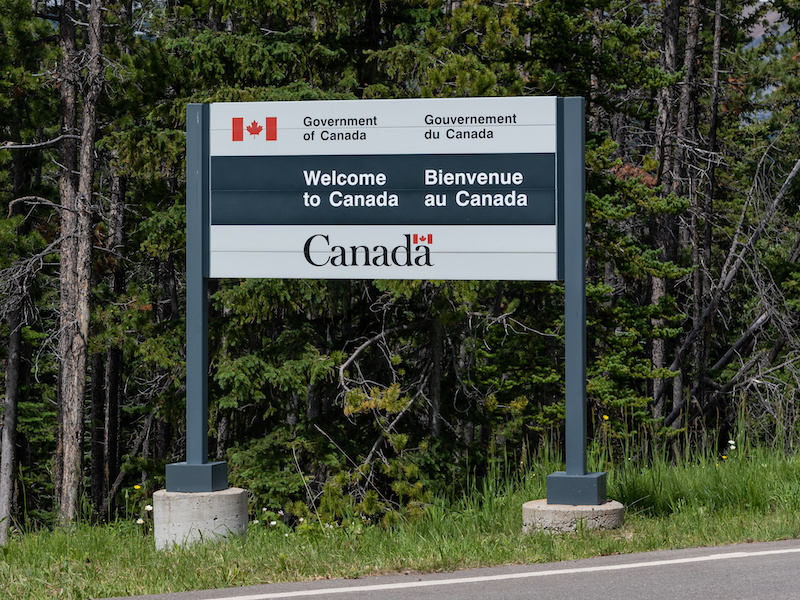
Amid stress on housing markets and infrastructure from record immigration levels, the federal government is seeking to slash the population of temporary immigrants — a policy shift that will weigh on growth and on the fiscal outlooks of the provinces, says Desjardins Group.
In a report published Tuesday, Desjardins said the latest demographic projections from Statistics Canada indicate that the federal move to cut the population of temporary residents will sharply curb population growth — a decision that, it said, is, “a significant policy change with huge economic implications.”
Yet, those implications remain highly uncertain.
“If demographics are destiny, Canada’s fate has become a whole lot fuzzier,” the report said.
“Statistics Canada’s newest population projections suggest significant revenue and economic hits to all provincial governments,” Desjardins said, adding that these risks are particularly high for provinces with a greater reliance on temporary immigrants.
In their latest fiscal plans, the provinces generally assumed that population growth would slow over the next two years, but that it would “remain high by historical standards,” the report said.
Instead, StatCan’s projections suggest that population growth could revert to pandemic lows.
Provinces with a greater reliance on temporary foreign residents for population growth — such as Ontario, which currently expects 60% of population growth to come from these sources — will be most affected, the report noted.
If population growth evolves in line with StatCan’s projections, Ontario would face a 1.5 percentage point reduction in economic growth and $1.5 billion in lower tax revenues in the year ahead.
“[British Columbia] would also experience a larger-than-average drag, while the oil‐producing provincial economies would prove relatively resilient,” the report said.
Longer term, most provinces may suffer as companies could face a hard time meeting labour demand without a large population of temporary foreign workers, which have been key to easing worker shortages in certain sectors, the report noted.
Provincial governments could theoretically address some of the expected revenue shortfall by curbing spending, in light of the weaker population growth and reduced demands on public services and infrastructure. However, the reality for fiscal policymakers is far more complicated, the report suggested.
“Ultimately, at this juncture Ottawa’s temporary migration policy presents significant downside risk for provincial coffers, but leaves the provinces with few options to mitigate that risk.”